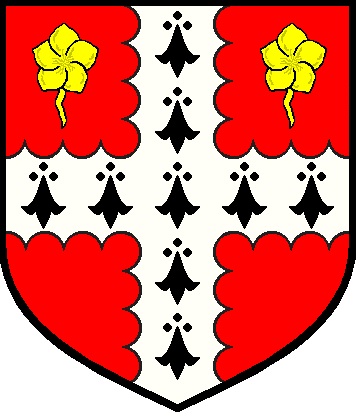 |
Mayfields of South Carolina |
 |
|
|
|
Migration Groups to the American Colonies By Phil Norfleet
In recent years, historians of Colonial America have recognized that the settlement of British North America before the Revolution was not a uniform process but rather was accomplished by many highly differentiated immigrant groups. These historians (such as Bernard Bailyn, T. H. Breen and David Hackett Fischer) have further contended that even the English-speaking groups were culturally very different, even though they all came from Britain and/or Ireland. According to Fischer, [1] the principal British migration groups were: a. Puritans, mostly of the middle class, from the eastern counties of England to Massachusetts Colony during the years 1629-1640. b. A very small number of families from the Cavalier elite, a few middle-class people who paid their own way, and a very large group of mostly lower-middle-class, indentured servants (whose passage was paid for by others), from the southern English counties to the Virginia Tidewater area during the years 1642-1675. c. A group of mostly Quakers from the Midland counties of England and Wales to the Delaware Valley (mainly to Pennsylvania Colony) during the period 1675-1725. d. English-speaking people from the northern counties of England, from Scotland and from the Province of Ulster in Northern Ireland (the Scotch-Irish), to the Appalachian back country of Pennsylvania, Virginia, and the Carolinas during the period 1718-1775. The earliest known Mayfield immigrant to Virginia, Robert Mayfield, settled in Glouster County, Virginia as an indentured servant in about the year 1652. He probably was of a lower middle class social status and came from the south of England, perhaps from Surrey or Sussex County. Accordingly, the early Virginia Mayfields are clearly associated with migration group b. above. Endnote 1. David Hackett Fisher, Albion's Seed (1989), pages 785-788.
|